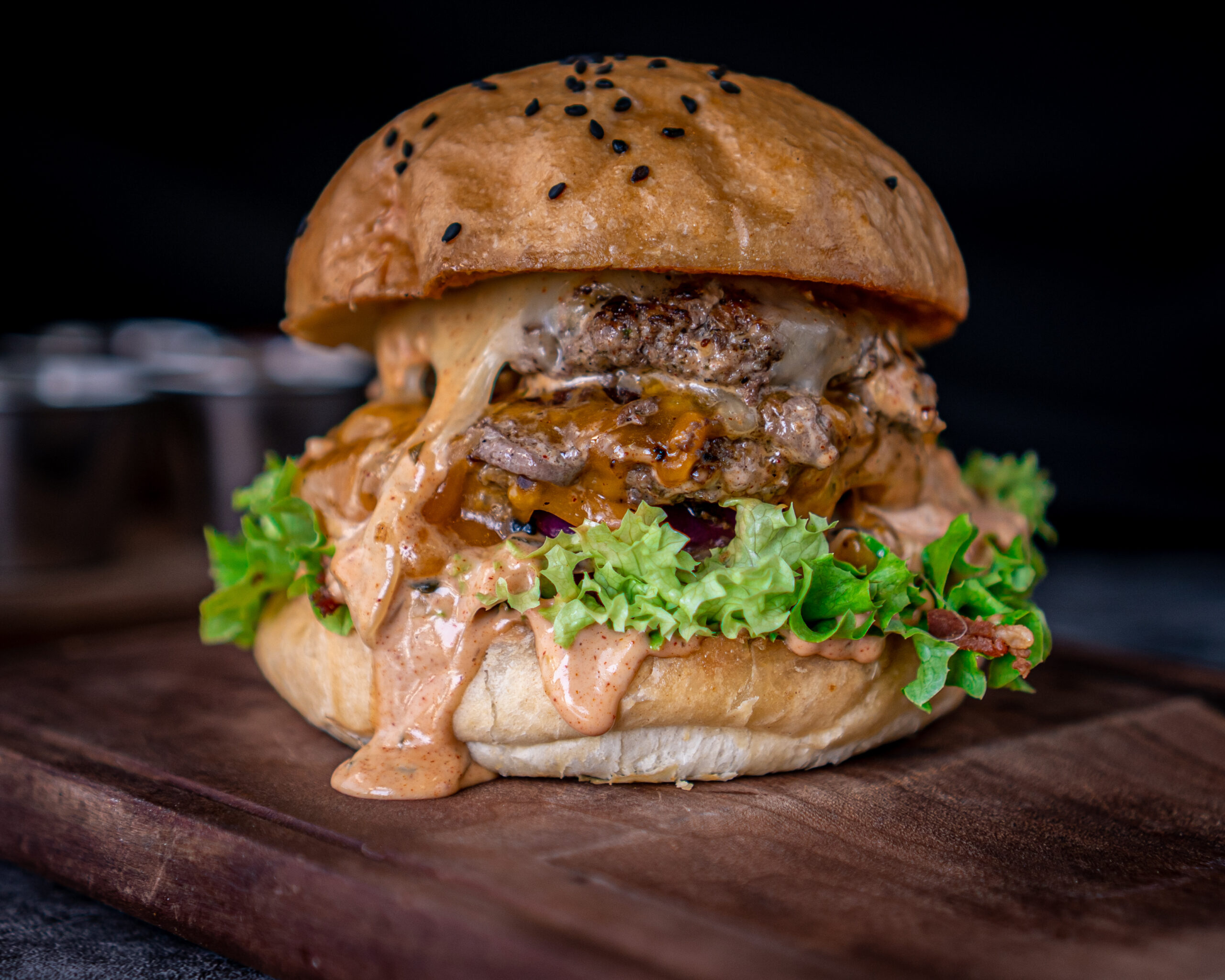
Vivront offers an ideal space for learning and shopping. Photos: Vivront
Vivront offers knife sharpening services and strives to take a cut out of school lunch debt.
One could argue about what deserves to be tagged Most-used Kitchen Tool, but there’s no argument when it comes to naming kitchen knife sets as contenders. But knives might hit the top spot for Least Tended to Kitchen Tool.
Joseph Rueter, founder of Vivront in Wayzata, says 90 percent of kitchen knives are never sharpened. “When you ask people about their sharpening habits, they drop their shoulders,” he says. Rueter knows that some knives come with emotional histories. “When I asked about the backstory behind an older knife, a customer said she had bought it on her honeymoon,” he says. “A knife came in with a yellow Post-it note. It read: ‘This my favorite. Don’t mess it up.’”
Vivront got its start by processing all of its business by mail. A customer would contact Vivront, and it would send specifically made packaging materials to the customer, who would, in turn, send Vivront dull knives. “You just mail them off,” Rueter says. “It doesn’t get more convenient than that.” (Full instructions are on the website.)
In November 2022, Rueter opened the Wayzata location. The store not only serves as a dull-knife drop-off spot, but offers high-quality German and mostly Japanese knives for sale in singles and sets. Don’t know how the trick to cutting garlic or opening an avocado? Vivront offers on-site knife-skill classes (90 minutes) on Fridays and Saturdays.
How often should knives pay a visit to a sharpening service? “Sharpening frequency is a like tires on a car,” Rueter says. “If you’re driving a race car and performance is important, you’ll likely swap tires a few times a day. [In terms of sharpening kitchen knives], it depends on how often and how hard they’re used.”

When in doubt, Rueter says, “Try the paper test to test a knife’s sharpness. Knives don’t often dull uniformly. There will often be dings in some areas or flat spots in others. Attempt to cut some thin paper with the knife. Does it cut more than it tears? Does it hang up in certain spots, or does it cut uniformly all the way across the blade? If it hangs, tears or is not uniform, then it would likely benefit from service.”
Don’t forget about maintenance. “Extend the sharpness of kitchen knives by honing regularly, protecting edges when cleaning and storing them, and cutting on cutting boards vs. plates, pans, glass or marble,” Rueter says. (Remember: Boxcutters are for boxes; kitchen knives are for food.)
Keeping knives in working order isn’t only about securing a finer slice-and- dice method. It’s also about safety. A dull knife typically requires more and more force to cut something; a sharp knife will simultaneously require less force and be more predictable. Rueter says, “That predictability often translates to safety.”
Making a Point
Food is the great unifier, except when it’s not. “My memory of school lunch was that food was a separator,” Rueter says. Kids fell into categories: hot lunch or bag lunch. Sadly, there is another category—kids who go without a midday meal.
Rueter started his business before Minnesota’s legislature debated universal lunch law proposals. Regardless of the final legislative outcome, he donates 5 percent of revenue from Vivront to improving school lunches, starting with eliminating student account debt.
“After [and if] Minnesota joins a small handful of states to provide meals to all, we’ll shift efforts toward other improvements in the state, as well as continuing to eliminate debt in other states,” he says.
Vivront
3408 County Road 101, Wayzata; 952.222.5336
Facebook: Vivront
Instagram: @vivront_
Twitter: @vivront






![Finding enough to do in her Long Lake garden isn’t difficult for Meg Cowden. She relishes the opportunity. “Gardening is a multifaceted life-giving hobby,” she says. “It provides you with the opportunity to slow down, observe [and] experience deep reverence daily, and it’s grounding.”](https://lakeminnetonkamag.com/wp-content/uploads/2024/04/Future_LKM_GardenTour_Meg_7743.jpg)















